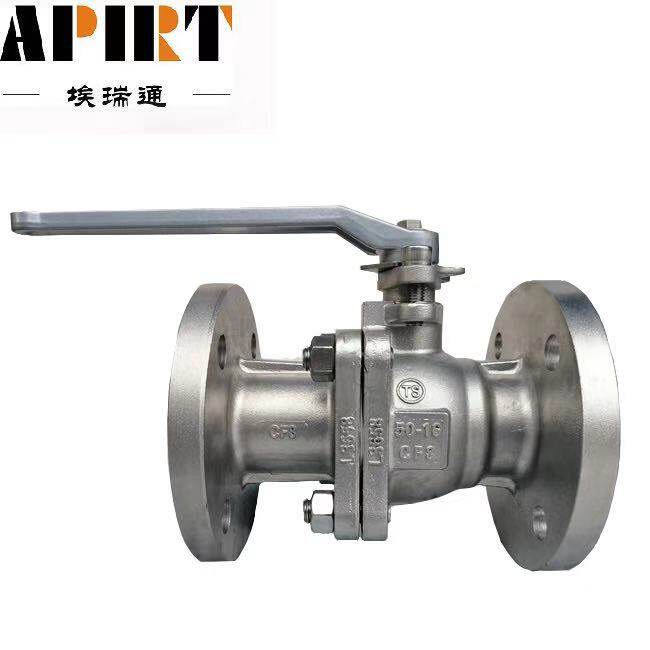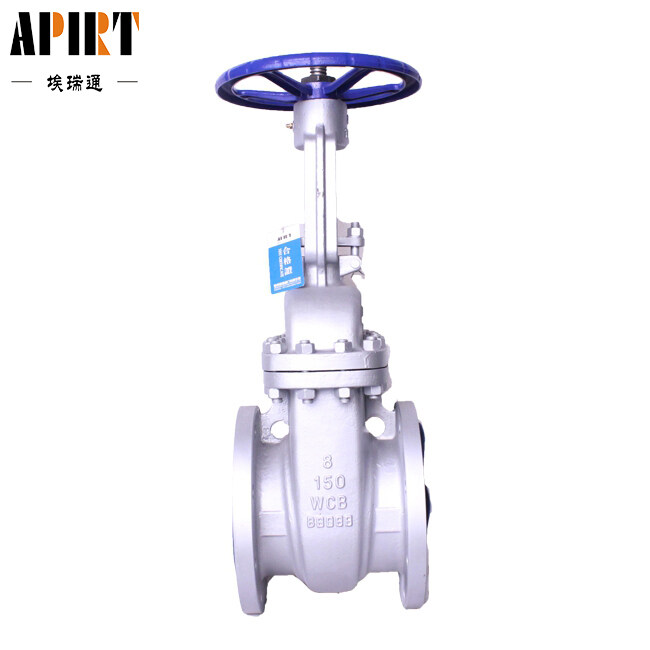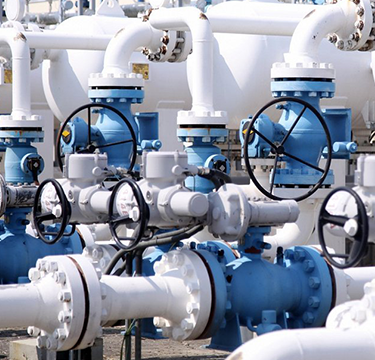Памылка фармату электроннай пошты
emailCannotEmpty
emailDoesExist
pwdLetterLimtTip
inconsistentPwd
resetAccountPassword
forTheAccount
pwdLetterLimtTip
inconsistentPwd
resetSuccess
resetSuccessTips
login

Навіны
Тут вы можаце апісаць фрагмент тэксту, які хочаце выказаць

What are the differences between American standard valves and national standard valves?
2020-12-02 22:22:53
The main differences between American standard valves and national standard valves are:
1. The unit of the nominal diameter of the national standard valve is mm, and the unit of the nominal diameter of the American standard valve is in (inch).
2. The standard American standard and the national standard of flange are also different.
3. The structure length is different.
4. The inspection requirements are different. The inspection requirements of the American standard valve are higher than the national standard.
The valve is a control component in the fluid conveying system. It has the functions of cut-off, regulation, diversion, prevention of reverse flow, stabilization, diversion or overflow and pressure relief.

Valves used in fluid control systems, from simple shut-off valves to extremely complex valves used in automatic control systems, have a wide variety and specifications. Valves can be used to control the flow of various types of fluids such as air, water, steam, various corrosive media, mud, oil, liquid metal and radioactive media.
Valves are also divided into cast iron valves, cast steel valves, stainless steel valves (201, 304, 316, etc.) according to materials, chromium molybdenum steel valves, chromium molybdenum vanadium steel valves, duplex steel valves, plastic valves, non-standard customized valves and other valve materials .
The more popular American standard valves are API and ASME standards.
American Standard Valves: Valves designed, manufactured, produced and tested according to American standards are called American Standard Valves.
Звяжыцеся з намі

